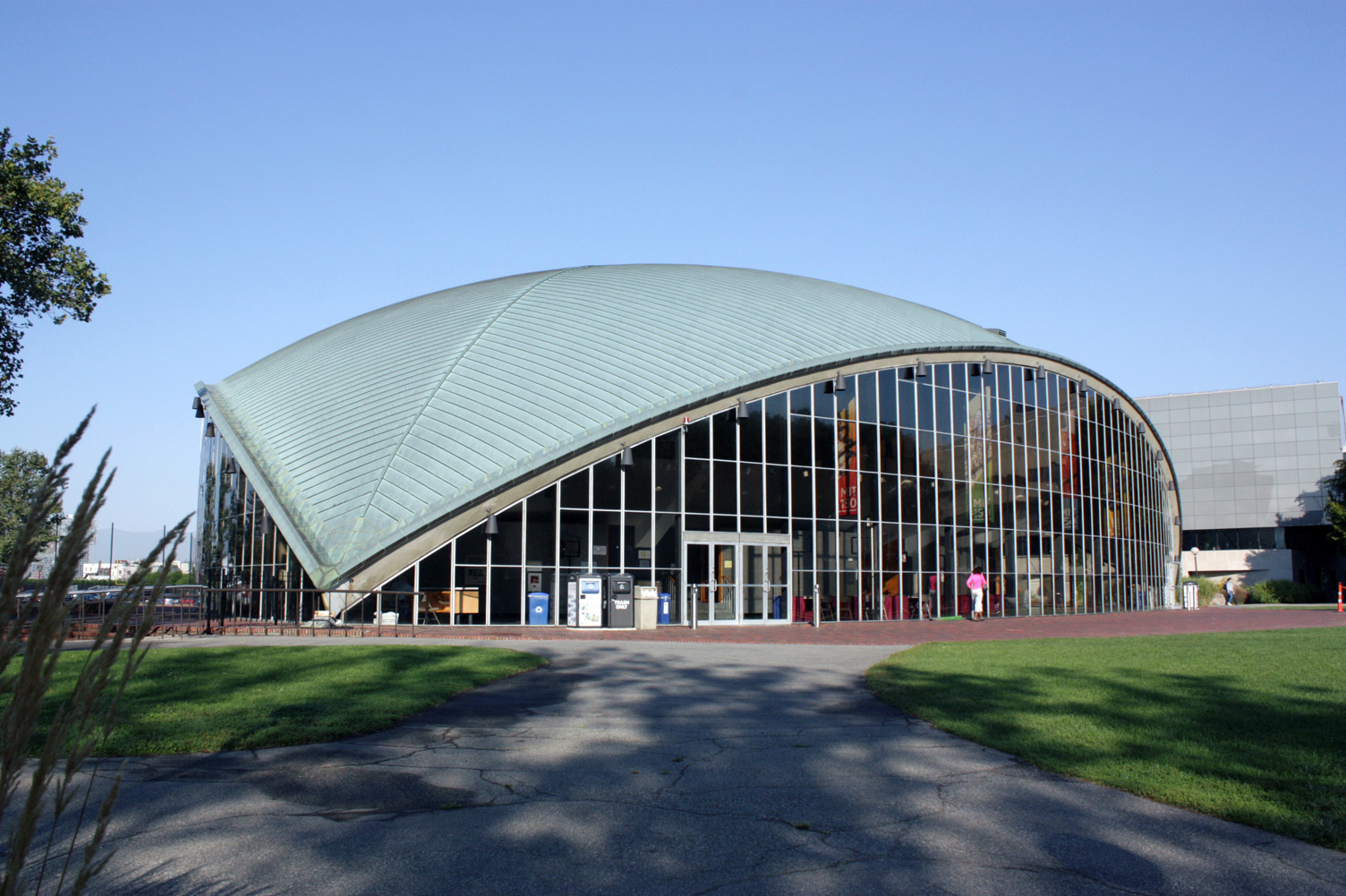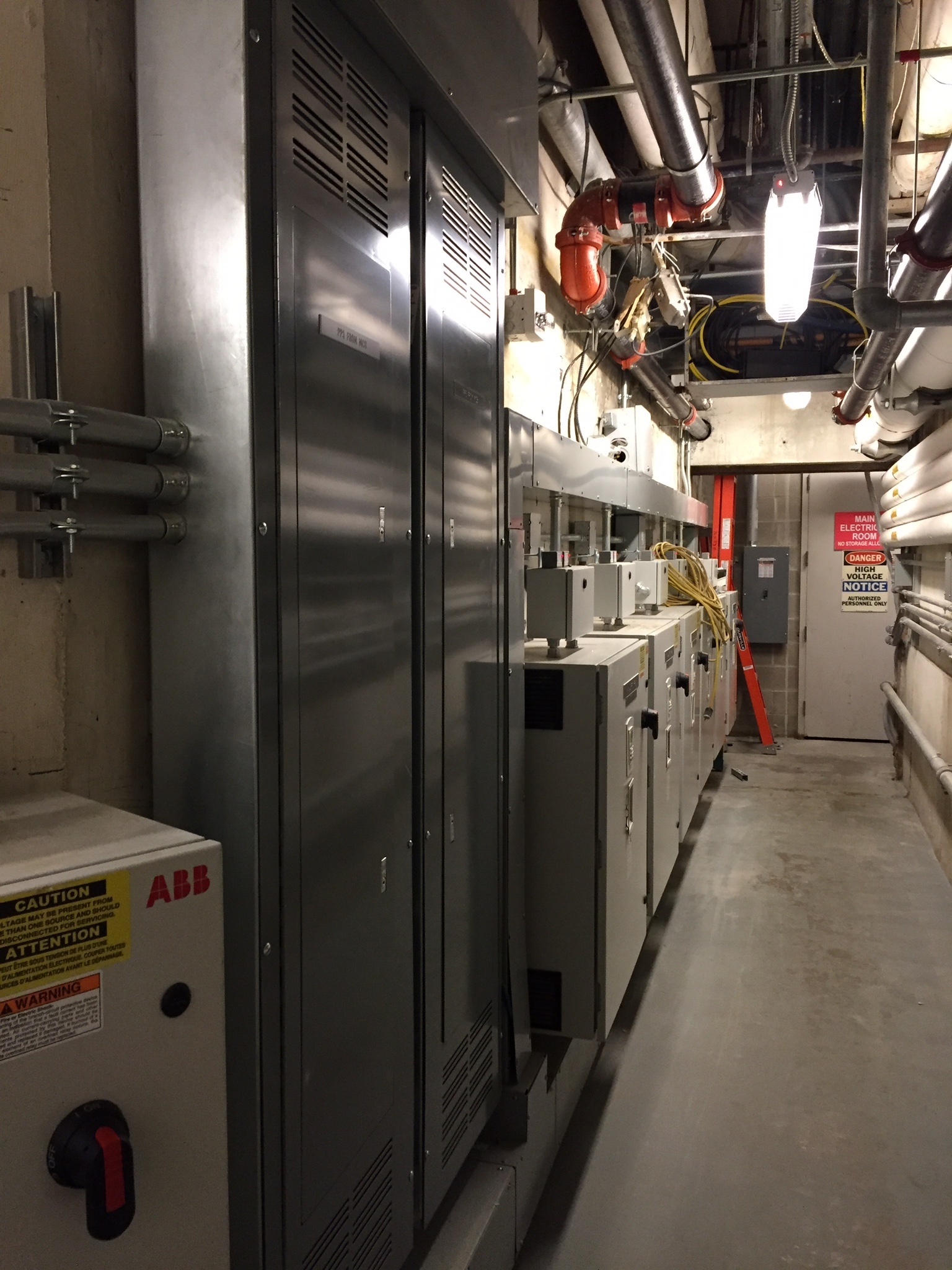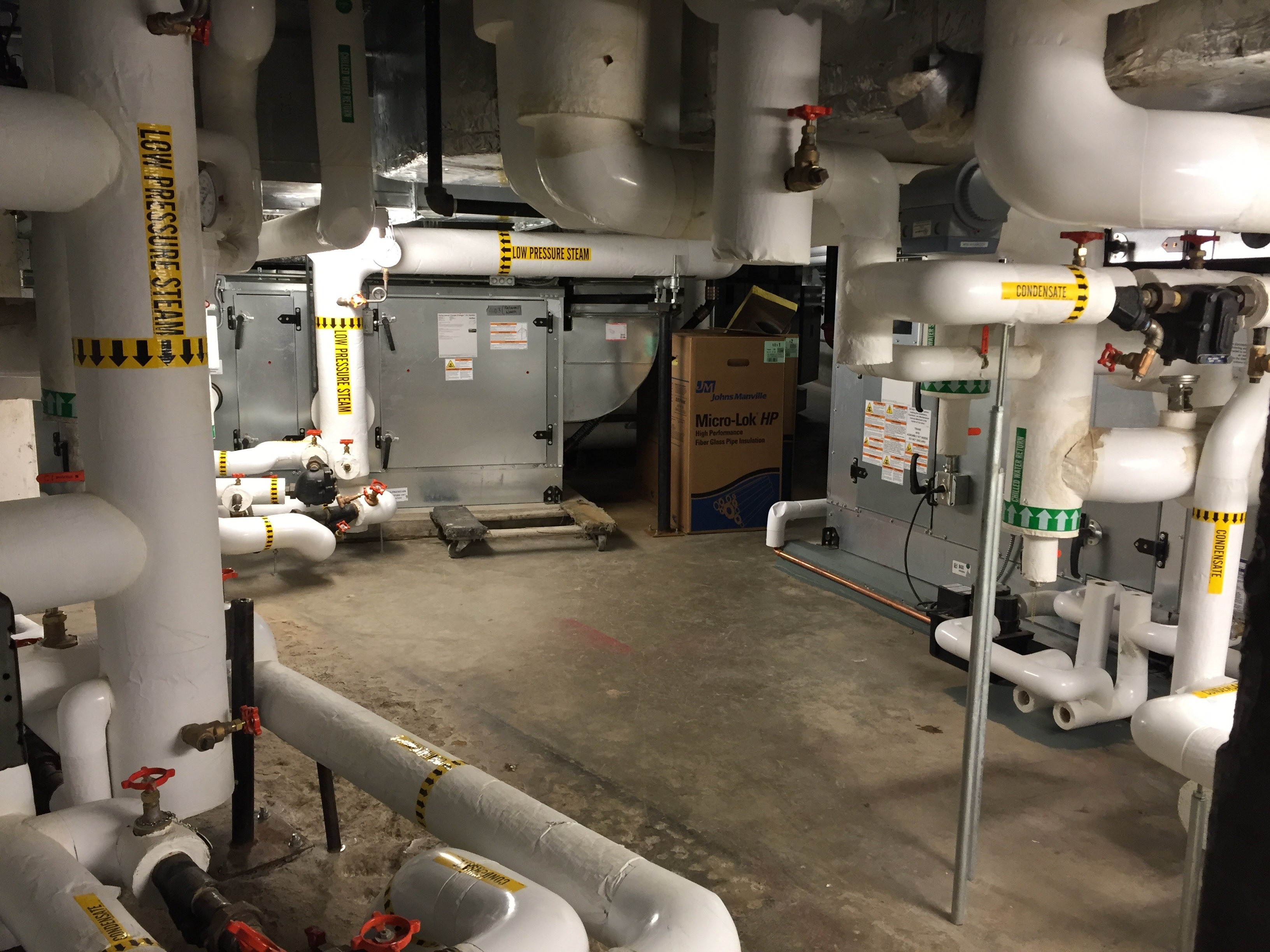
MIT
Building W16 Kresge Auditorium Rehabilitation Project
The renewed Kresge will provide an improved and more enjoyable experience for the MIT community and visitors while also achieving greater energy efficiency. - Massachusetts Institute of Technology Capital Projects
Easily recognizable and located at the center of MIT’s campus, Kresge Auditorium was slated for major renovations after nearly 60 years in service. The Eero Saarinen-designed performance hall relies on its shape and original features for acoustic and visual effects. Preserving these characteristics was a key consideration during the design phase.
The building, which opened in 1955, was the first building to implement direct digital controls, interfacing with the pneumatic building controls. As part of the renovation, the building underwent a complete replacement of all HVAC air handling equipment, and an upgrade of the historic pneumatic controls to direct digital controls (DDC). Stephen Turner Inc.’s previous work as part of the Kresge Auditorium Accelerated Capital Renewal Project, Rapid Response Feasibility Study, identified the relationship between the building enclosure & HVAC system performance and occupant comfort. as well as the discovery of incorrect medium voltage transformer taps which caused premature burn-out of the auditorium lighting fixtures during performances.
Commissioned systems included life safety/fire alarm in addition to HVAC and domestic hot water systems. During the testing phase of work, Stephen Turner Inc. built upon findings from our 2012 investigation to lead functional performance testing. Testing was executed with specific attention paid to the integration of the new DDC. Other key commissioning challenges included tailoring the commissioning process to meet the renovation’s phased scheduling approach which aimed to minimize disruption to occupants and potential project delays. As a key outcome of this project, StephenTurner Inc.’s operational testing and trend monitoring allowed MIT to implement cost and energy saving measures into the building automation system controls, a major part of the buildings update. First-year monitoring informed economizer and other sequence changes required for projected energy savings to persist.


 Services
Services


